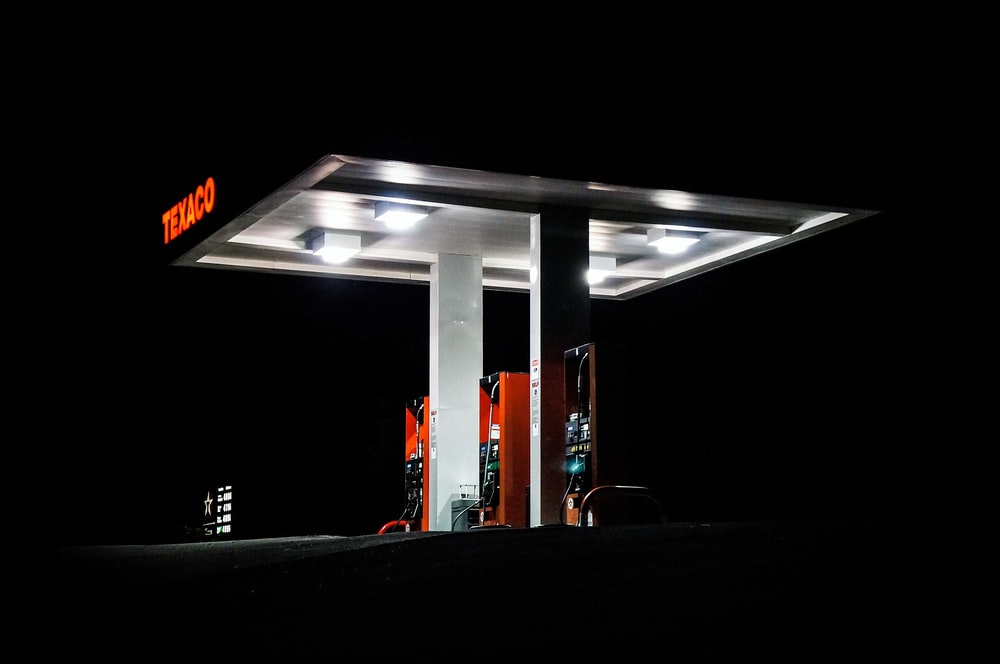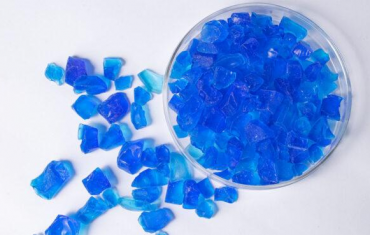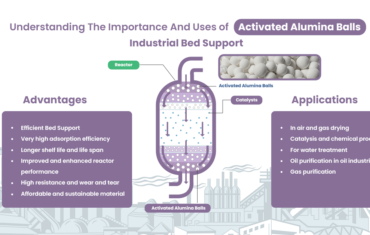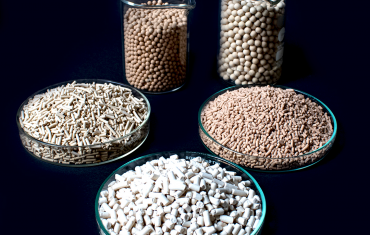Compressed Natural Gas Drying: Process & Benefits
Compressed natural gas (CNG) is quickly becoming a popular source of vehicle fuel in the United States. The high cost of gasoline has pushed oil refineries and distributors to look for other sources of fuel. Coupled with the recent discoveries of new natural gas sources all over the country, CNG has been propelled into the spotlight.
Compressed natural gas in its natural state contains high levels of moisture that need to be removed before it can be used as fuel. Here’s a closer look at the drying process and how molecular sieves for aerosol purifications are employed in it.
Use of Dry Compressed Natural Gas
Huge natural gas reserves have been uncovered in several shale formations in well sites in Utica, Barnett, Marcellus, Haynesville, and Bakken. Natural gas producers are already making moves to utilize these reserves by converting their fleet trucks and drilling rigs to run on CNG instead of diesel.
Additionally, landfill owners are tapping into natural gas reserves on their properties and purifying CNG, so it can match pipeline standards. Many CNG stations are popping up on or near large landfills to make use of this lucrative resource.
Although compressed natural gas is easier to extract than oil, producers need to take extra measures to dry CNG. Car engines don’t react well to moisture in fuel, and their efficiency goes down significantly if the fuel has high water content. This is especially important during the colder months as CNG with high levels of moisture can freeze and become useless.
CNG Dryers
A CNG dryer is typically used to purify the gas before it can be used as fuel. The gas is passed through a single tower filled with desiccants that adsorb moisture from the gas. The desiccant needs to be manually replaced every month or so to ensure maximum efficiency. This is the most cost-effective method for low-volume CNG drying applications.
The second type is a regenerative tower, where heat is used to regenerate the desiccant overnight. This method is more expensive but requires users to change the desiccant only once every year.
Drying Agent: 4A Molecular Sieve
The drying media used in most natural gas drying towers is the 4A molecular sieve. The Type-A crystal structure has an effective pore diameter of 4 angstroms, making it ideal for the purification of natural gas.
Sorbead India offers all major types of molecular sieves, including Type-A, Type-X, carbon molecular sieves, and molecular sieve powder. We also manufacture 4A molecular sieves for CNG drying.
Call +91-756-768-8877 or send us an inquiry now for more details.












